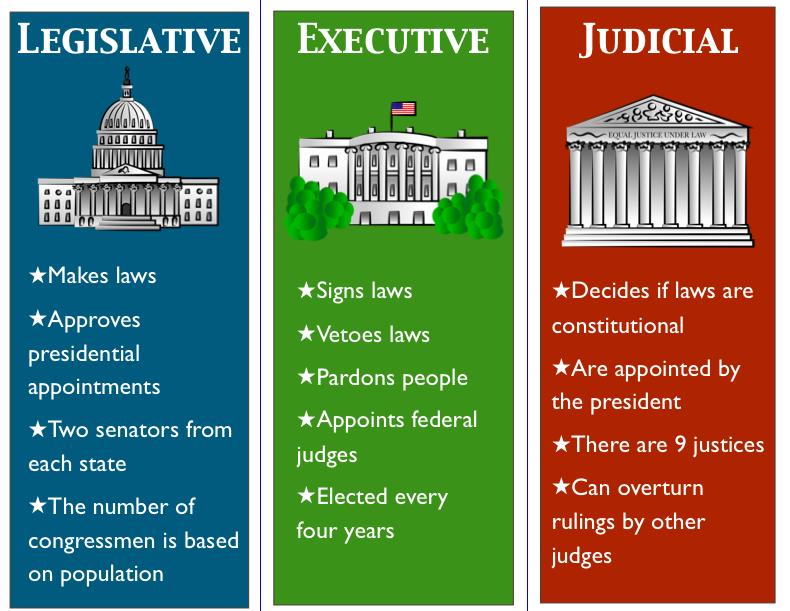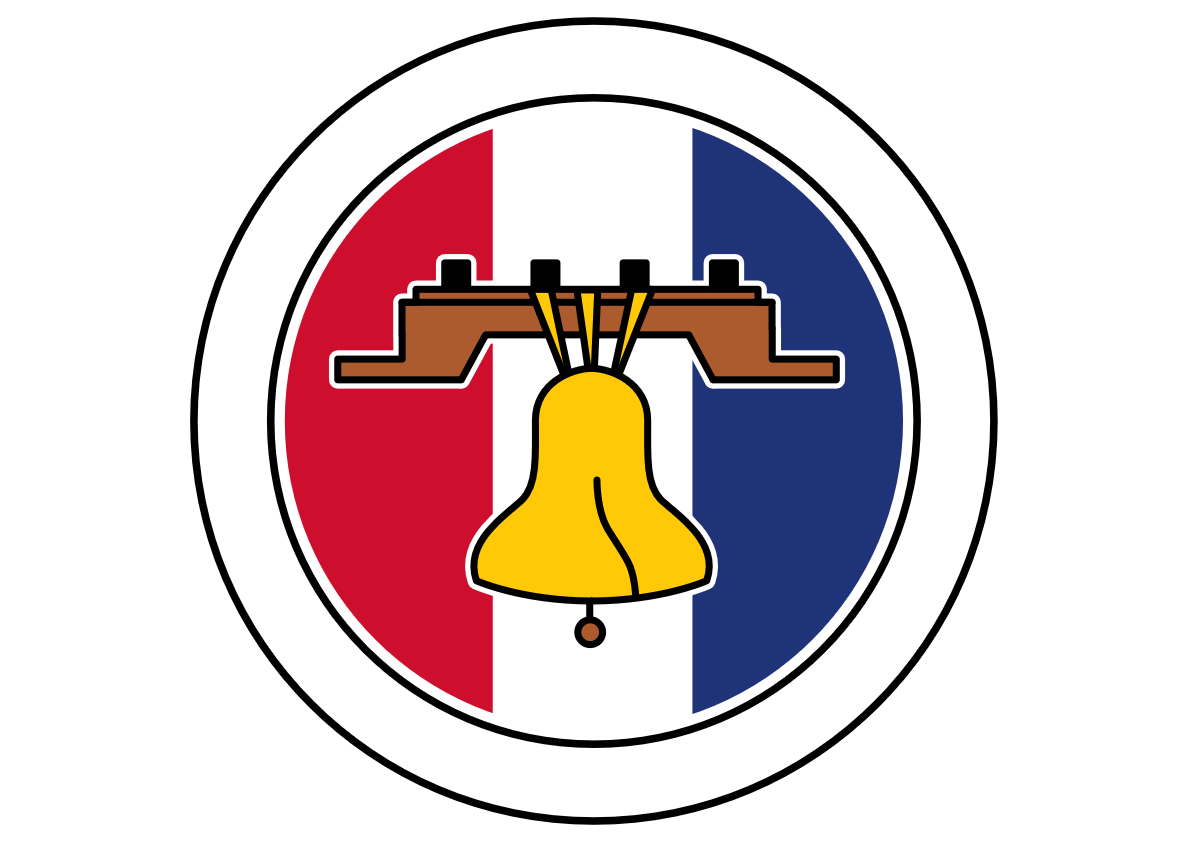Three Branches Of The United States Government
Citizenship in the Nation Merit Badge Req 3
The United States government operates under a robust system of checks and balances through its three branches: the executive, legislative, and judicial branches. This system ensures that no single branch becomes too powerful and safeguards the democratic principles upon which the country was founded.
The executive branch, headed by the President, plays a crucial role in enforcing laws and implementing policies. It includes various departments and agencies, such as the Department of Defense, Department of Justice, and Environmental Protection Agency, among others. Each of these entities oversees a specific aspect of governance, allowing for efficient administration and accountability.
The legislative branch, known as Congress, is comprised of the Senate and the House of Representatives. This branch is responsible for making laws that reflect the needs and interests of the American people. Senators and Representatives draft bills, hold committee hearings, and engage in lively debates to shape legislation. Through this process, they ensure that the voices of their constituents are heard and that public policy addresses the nation's most pressing challenges. Additionally, the legislative branch conducts oversight of the executive branch. It monitors the implementation of laws, investigates potential misconduct or abuses of power, and ensures that the President's decisions align with the Constitution and the will of the people. This crucial oversight function provides an additional layer of accountability and transparency in the government's operations.
The judicial branch, led by the Supreme Court, acts as the ultimate interpreter of the law. Its primary responsibility is to review cases from lower courts and determine their constitutionality. This power empowers the Supreme Court to safeguard the rights and liberties of individuals, as well as to strike down laws that violate the principles enshrined in the Constitution. By providing a judicial check on the actions of both the executive and legislative branches, the judiciary ensures that no branch exceeds its constitutional authority.
The collaborative nature of these three branches is key to promoting democratic governance in the United States. They rely on each other for balance and accountability, preventing any one branch from becoming too dominant. This arrangement not only protects the rights and freedoms of citizens but also fosters a healthy exchange of ideas and perspectives. By allowing for checks and balances, the system encourages cooperation, compromise, and the pursuit of the common good.
In conclusion, the system of checks and balances within the United States government is a vital aspect of the country's democratic governance. The executive, legislative, and judicial branches work together, ensuring that no one branch has unchecked power. This framework allows for a robust and enduring democracy, protecting the rights and interests of the American

